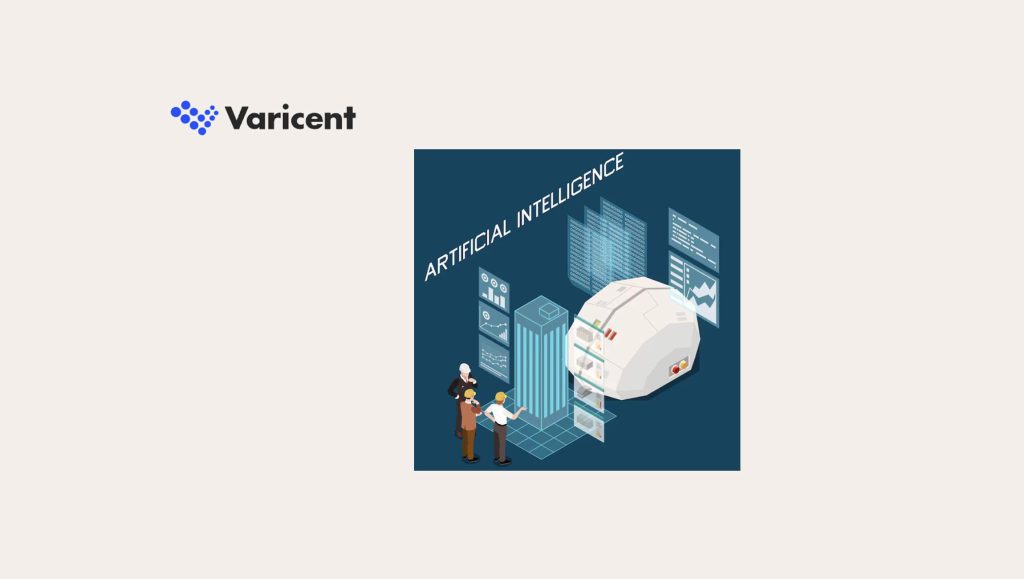When it comes to business-to-business (B2B) marketing and sales, content is the backbone that holds everything together. B2B content, whether it’s blog posts, whitepapers, or webinars, serves a dual purpose. It not only educates potential customers about products or services but also establishes the company as a thought leader in its industry.
This is crucial in the B2B space where purchase decisions are often complex and require a high level of trust. By providing valuable content, businesses can nurture leads, build relationships, and ultimately drive conversions. In essence, B2B content is not just a marketing and sales tool, but a vital component of a successful business strategy.
A Comprehensive Guide to Content Types and Their Role in the Buyer’s Journey
B2B content comes in various forms, each serving a unique purpose in the buyer’s journey. From blog posts to website content, each type plays a crucial role in educating, engaging, and converting potential customers.
1. Blog Posts
Blog posts are an effective way to provide valuable insights and establish your brand as a thought leader. They are best used in the awareness stage of the buyer’s journey, where potential customers are seeking information. For instance, Cisco, a technology conglomerate, leverages employee advocacy in their blog posts to humanize their brand. This helps establish a brand image that they care for people, attracting leads interested in technology solutions.
2. Website Content
Website content is the backbone of your online presence. It includes product descriptions, about us pages, and customer testimonials. This content is crucial during the consideration stage, where potential customers are evaluating their options. For example, Dove, well-known for creating successful branded content, maintains a strong and clear brand voice over the years on its website, which revolves around shattering beauty stereotypes. Their unique selling propositions and customer success stories convince leads of their credibility and effectiveness.
3. Guest Posts
Guest posts are articles written for and published on another company’s website. They are a great way to reach a new audience, establish authority, and gain backlinks for SEO. For instance, Impraise, a performance management software company, effectively uses guest posting to focus on customer needs rather than their own brand, attracting potential leads. By sharing their expertise on other platforms, they not only increase their reach but also build credibility in the industry.
Read More: SalesTechStar Interview with Josh Kanagy, Head of Revenue at Hightouch
Case Studies
Case studies are in-depth analyses of specific instances where your product or service solved a client’s problem. They are powerful tools for demonstrating your product’s value. For example, Georgia Tech Athletics used a case study to showcase how they increased season ticket sales by 80%. This real-world example provides tangible proof of their success, making it a compelling piece of content for potential customers. It shows prospects what they can achieve with Georgia Tech Athletics, thereby building trust and encouraging them to take the next step.
eBooks
eBooks are long-form content that provides in-depth information on a specific topic. They are excellent for generating leads as they are often exchanged for contact information. For instance, NewsCred created an interactive eBook on visual storytelling, which doubled their leads and quintupled their page views. eBooks allow businesses to delve deeper into a topic than a blog post or social media update would allow. They offer value to the reader, positioning the company as a knowledgeable authority in their field.
Testimonials
Testimonials are reviews or recommendations from clients, showcasing how your product or service benefited them. They are powerful tools for establishing social proof and building trust with potential customers. For instance, Listerine uses testimonials effectively on their website, sharing customer experiences about their oral health care, thereby enhancing their brand credibility.
Social Media Posts
Social media posts are a way to engage with your audience on platforms they frequently use. They can be used to share updates, promote products, or provide customer service. For example, Boohoo, a fashion retailer, uses Instagram to share relatable content and influencer endorsements, effectively engaging their young audience.
Infographics
Infographics are visual representations of information, making complex data easy to understand at a glance. They are great for sharing on social media or blogs to boost engagement. For instance, Instagram used an infographic to illustrate how big brands are using their platform, effectively providing valuable insights to their users
Videos
Videos are a dynamic form of content that can effectively engage audiences. They can be used to demonstrate products, share customer testimonials, or provide educational content. Videos are particularly effective in the consideration stage of the buyer’s journey, where potential customers are evaluating their options. For instance, Airbnb has become a household name across the globe with their brand videos that tell compelling stories about hosts and travelers.
Creating a well-rounded B2B content strategy involves leveraging various types of content at different stages of the buyer’s journey. From blog posts and social media to case studies and videos, each type of content plays a crucial role in educating, engaging, and converting potential customers. By understanding your audience and their needs, you can create a content strategy that not only drives conversions but also builds lasting relationships.
Read More: How Does Salestech Enable Better Multichannel Outreach?





















